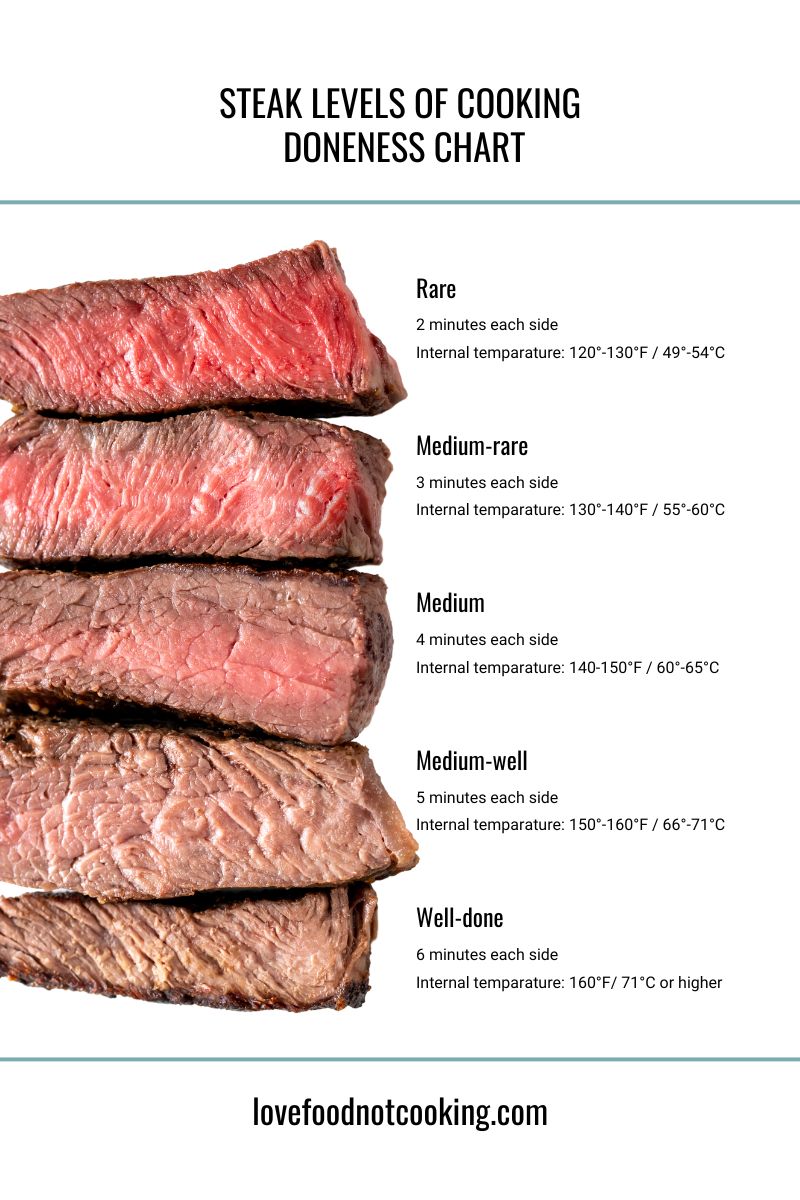There's nothing quite like the experience of biting into a perfectly cooked medium steak. The balance between tenderness, juiciness, and flavor is unmatched when done right. Achieving that ideal doneness requires precision in temperature control, ensuring your steak retains its moisture while developing a delicious crust. This guide will walk you through the steps to achieve juicy results every time.
Cooking a steak to perfection involves more than just throwing it on the grill or pan. Understanding internal temperatures and utilizing techniques such as reverse searing can make all the difference. Whether you're a seasoned chef or a home cook looking to elevate your grilling game, mastering these methods will help you serve up consistently flavorful steaks. Let’s dive into how you can achieve the perfect medium steak with ease.
Mastering the Reverse-Seared Steak Technique
The reverse-seared steak method has become increasingly popular among both professional chefs and home cooks alike. Unlike traditional searing where the steak is cooked quickly over high heat, this technique starts by slowly roasting the steak in a low oven until it reaches just below your desired internal temperature. This approach ensures even cooking throughout the meat without creating an overcooked outer layer.
Once the steak has been gently warmed through, it's time to give it that irresistible charred exterior. Sear the steak briefly in a smoking hot skillet or directly on the grill for about 1-2 minutes per side. This quick burst of intense heat creates a crispy, flavorful crust while preserving the tender interior. The result? A beautifully cooked steak with vibrant color and mouthwatering texture.
One of the key advantages of the reverse sear method is its ability to minimize the risk of overcooking. By controlling the initial slow-cooking phase, you have greater flexibility and accuracy in reaching your preferred level of doneness. Plus, this technique works exceptionally well for thicker cuts of beef, which often benefit from slower cooking to ensure they remain succulent and tender.
Understanding Medium Steak Temperature Ranges
For those who prefer their steak cooked to a medium level of doneness, understanding the ideal temperature range is crucial. Medium steak typically falls within the range of 135°F to 145°F (57°C to 63°C). At this point, the steak exhibits a slightly firmer texture compared to rarer cuts but still retains plenty of juiciness and flavor.
It's worth noting that personal preference plays a significant role in determining the exact degree of doneness. Some may lean towards the lower end of the spectrum for a juicier bite, while others might opt for a higher temperature to reduce any hint of rawness. Regardless of your choice, consistency is key—use a reliable meat thermometer to monitor the internal temperature accurately.
Another consideration is carryover cooking, which refers to the continued rise in temperature after removing the steak from heat. To account for this effect, aim to remove the steak from the oven or grill when it's approximately 5°F shy of your target temperature. Allowing it to rest for a few minutes before serving will also enhance its juiciness by redistributing the juices evenly throughout the meat.
Taking Your Steak Off the Grill at the Right Time
Knowing when to take your steak off the grill is essential for achieving the desired level of doneness. For medium-rare enthusiasts, targeting an internal temperature between 130°F and 135°F (54°C to 57°C) is generally recommended. However, timing is everything; pulling the steak too early could leave it undercooked, while leaving it on the grill for too long risks drying it out.
A useful tip is to rely on a digital instant-read thermometer rather than guessing based on appearance alone. Insert the probe into the thickest part of the steak, avoiding contact with bone or fat, to obtain an accurate reading. Once the desired temperature is reached, promptly transfer the steak to a cutting board or plate and let it rest briefly.
Resting allows the steak to relax and reabsorb its juices, resulting in a more flavorful and tender final product. During this period, the internal temperature will continue to rise slightly due to residual heat, so factoring in carryover cooking becomes important. With practice, you'll develop a keen sense of timing that guarantees perfectly cooked steaks every single time.
Your Go-To Guide for Steak Temperatures
To simplify the process of cooking steak to various levels of doneness, here's a handy reference chart outlining the corresponding internal temperatures:
Rare: 48°C / 118°F - 50°C / 120°F
Medium Rare: 52°C / 125°F - 54°C / 130°F
Medium: 58°C / 136°F - 60°C / 140°F
Medium Well: 62°C / 144°F - 65°C / 149°F
This chart serves as a valuable tool whether you're preparing steaks for yourself or hosting a dinner party. By familiarizing yourself with these temperature ranges, you'll be better equipped to tailor each steak to individual preferences. Remember, practice makes perfect—the more you experiment with different cooking methods and temperatures, the more confident you'll become in delivering exceptional results.
Ultimately, the quest for the perfect steak lies in finding the right balance between external char and internal tenderness. Armed with knowledge of proper temperatures and techniques like reverse searing, you're now ready to embark on your journey toward steak mastery. So fire up the grill, grab your thermometer, and enjoy crafting culinary masterpieces one sizzling piece of beef at a time!

